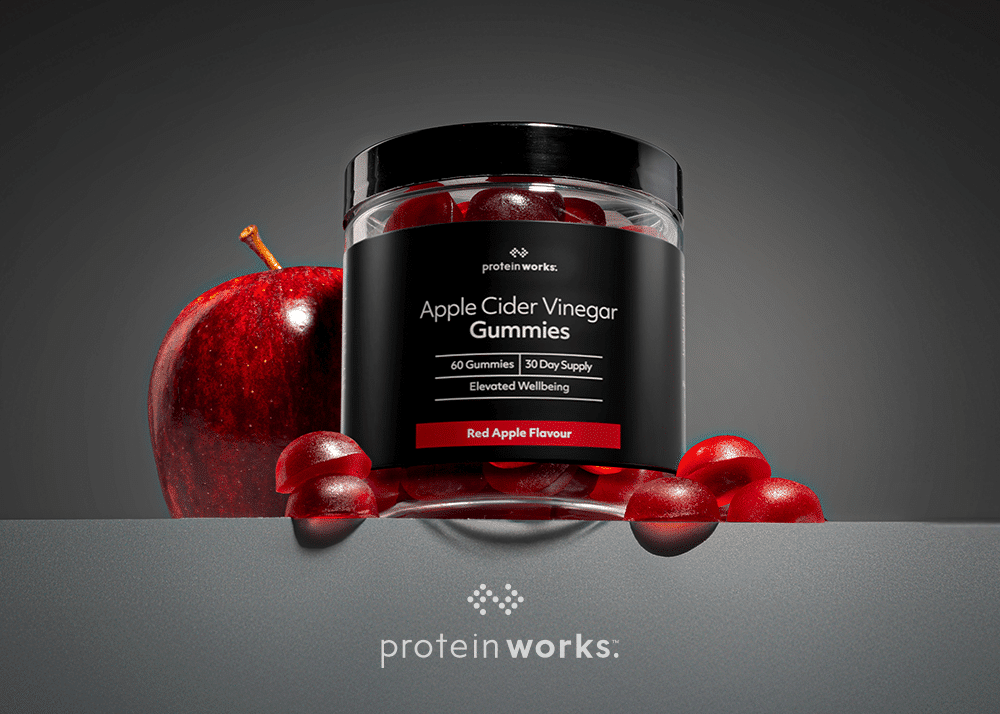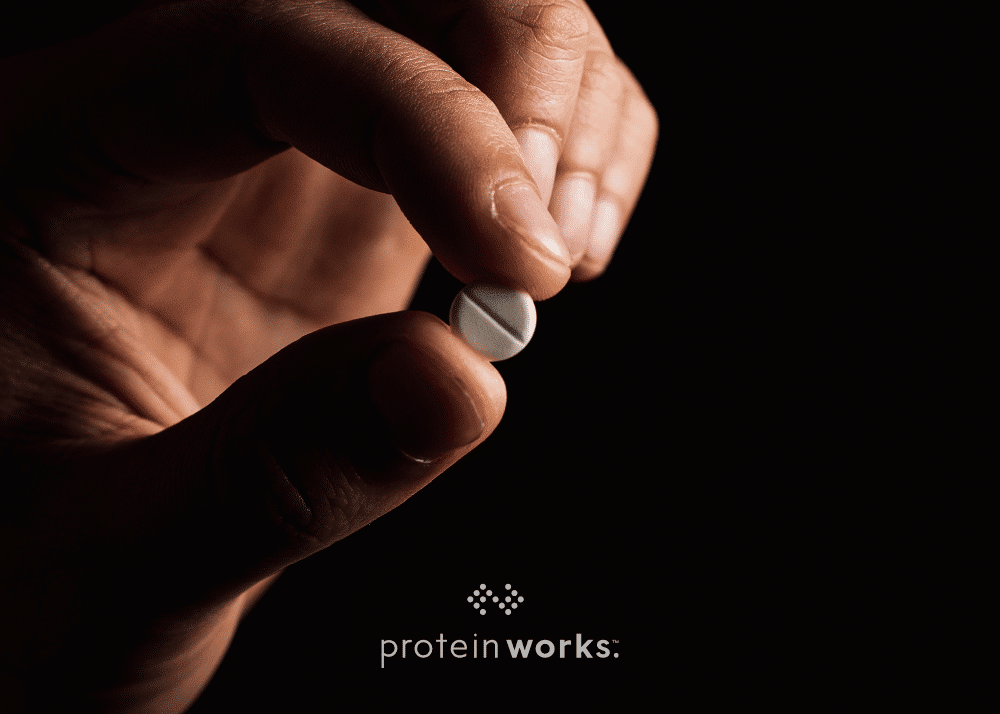
Creatine for Women’s Health: The Science
Creatine has been gaining attention on social media recently, but what exactly is it, and should women – and others with female biology – consider using it?
As is often the case in science, much of the existing research on creatine has historically focused on males, particularly male athletes. This article aims to explore what we currently know about the effect of creatine supplementation in women, clarify any misconceptions, and outline where more research is needed.
Let’s get into it – Creatine for women’s health: What the science says:
What is Creatine and Why Might It Matter for Women?
Creatine is a naturally occurring amino acid in the body that plays a key role in cellular metabolism and energy production within organs that have high energy demands – for example, the brain, heart, bone and muscle. It helps regenerate adenosine triphosphate (ATP), which is the primary energy currency of cells, allowing these organs to function as they should (1).
Evidence suggests women may have 70-80% lower naturally occurring creatine stores than males and typically consume less dietary creatine (2). In addition, hormonal changes that occur during a woman’s life (e.g., menstrual cycles, menopause) may also affect how the body uses creatine (3,4). This may suggest women may respond differently, or even perhaps more significantly, to creatine supplementation, and that unique considerations according to a woman’s life stages may be of value.
Evidence-Based Benefits of Creatine for Women.
Strength & Exercise Performance for Pre-menopausal Women
Research indicates that creatine supplementation alongside resistance training may improve muscle strength, power (5-13), and performance in both anaerobic (e.g. sprinting, lifting) and aerobic (e.g. endurance) tasks (14-19). This is thought to be the result of creatine increasing intramuscular phosphocreatine stores, which in turn may support one’s ability to train more intensely and recover more efficiently. Overtime, this may lead to increased strength and hypertrophy (20).
It’s important to note, there does exist some studies that do not report significant performance improvements (21,22). However, these findings may be the result of low creatine dosages, insufficient training stimulus, or individual variability in responses.
Muscle, Bone, and Functional Fitness in Post-Menopausal Women
When paired with resistance training, creatine supplementation may offer some benefit for post-menopausal women. Research suggests creatine may support muscle mass, functional strength improvements (23, 24), and markers of bone strength and health (25, 26).
It’s worth emphasising the point ‘when paired with resistance training’ here, as many studies using creatine alone (without resistance training) show inconsistent or modest results (27,28). And whilst there do exist studies wherein little-to-no improvements were found in bone health markers even when combined with resistance training (29-32), the combination has been shown to improve fat-free mass, strength, and physical performance (33-35), especially when compared to just taking creatine alone (36).
Mood, Cognition & Sleep
Clinical evidence indicates that creatine supplementation may improve mood, cognition, attention, memory and mental fatigue (especially during certain conditions such as sleep-deprivation (44) or stress (45), and possibly reduce symptoms of depression (when combined with anti-depressant medications) (38-43).
Given that research indicates women are more susceptible to disturbed sleep (46), can process stress differently to males (47), and creatine levels are typically lower in the female brain (particularly the frontal lobe, which controls mood, cognition, and memory) (37), creatine supplementation may offer some value to women, especially during periods of high stress and sleep deprivation (48).
A Note on Pregnancy
Because the safety and effects of creatine supplementation during pregnancy has not yet been fully evaluated, creatine use during pregnancy is not currently recommended. Advice should always be sought from your GP or midwife before starting any new supplement when pregnant. The latter can also be said for the general public too.
Will Creatine Make Me Gain Weight?
A common reported reluctance to using creatine is fear of weight gain. However, research shows that despite noted increases in strength and power, no significant changes in body weight occur (49-52). Where weight gain is noted, this is typically attributed to temporary water retention within muscle cells – not fat gain (53). This is a normal response to creatine supplementation and typically plateaus over time.
What Type of Creatine Should I Look For?
Creatine monohydrate is the most used and most researched, thus scientifically backed, form of creatine. A recent meta-analysis states (54):
‘Creatine monohydrate is well-studied, effective, has a well-developed safety profile*, and is economical…. creatine monohydrate is the only source of creatine that has substantial evidence to support bioavailability, efficacy, and safety recommended by professional societies and organizations. Further research may be warranted to explore alternative forms of creatine, however, presently it is clear that other forms of creatine are not superior to creatine monohydrate’.
* Please note: if you are living with a medical condition, you should always speak to a health professional before starting any new supplements. Creatine is not advised in those with chronic kidney disease or liver conditions.
Further considerations if purchasing Creatine Monohydrate:
- Look where the creatine is sourced from. Creapure® is one example of a well-studied brand of creatine monohydrate, manufactured in Germany, and used in the majority of scientific studies (55). Protein Works offers a Creapure®-sourced Creatine Monohydrate powder, which may appeal to individuals looking for such an option.
- Select a product certified by a third-party body such as NSF, if able, as this can offer additional reassurance regarding quality and safety.
For those exploring formulations with added functional ingredients, new blends are also emerging – for example, Creatine 360 by Protein Works, which combines creatine monohydrate with ingredients like CoQ10 and Aquamin™. Depending on the product, these blends may include components that have been studied individually, but as it stands, clinical research on combined formulations is currently limited.
Important Research Limitations
Despite the growing interest in creatine:
- Underrepresentation of women in research still exists, with many trials either excluding women or not considering sex-specific outcomes. This limits the generalisability of the findings.
- Studies are typically short-term, which may not capture long-term effects or risks.
- Sample sizes are typically small, meaning the results may not be reliable or broadly applicable.
- The dosages and study protocols differ (e.g., training intensity, participant characteristics), making comparisons difficult.
- Data is limited in specific female groups, such as during pregnancy and perimenopause, meaning caution is warranted when applying findings to these groups.
Conclusion
Whilst the evidence base for creatine use amongst women is not yet as comprehensive as it is for males, the existing literature suggests a low risk-to-benefit ratio for healthy women, with some potential benefits up for grabs, including improved strength, mood, cognition and functional fitness.
Given individual variability, it’s always important to approach supplementation with a critical eye, considering personal goals and health status. As always, speak to a registered healthcare provider before starting any new supplement, especially if managing a medical condition (such as kidney or liver disease) or taking prescribed medication.
A note on terminology used in this article: While the terms “female” and “women” are used in this article for clarity and consistency with much of the existing scientific literature on creatine supplementation, we recognise that sex and gender are distinct. Not all women are biologically female, and not all people with female biology identify as women. Where reference is made to menstrual cycles, menopause, or other sex-specific physiology, this refers to individuals with female biology, regardless of gender identity.
Dietitian’s Disclaimer:
The information in this article has been provided by Amber Woodhouse, Registered Dietitian, based on current scientific evidence and is intended solely for educational and informational purposes for the general adult public. The content reflects general principles and knowledge within nutritional science and should not be used as a substitute for individually tailored medical or dietetic advice. Any product links and promotions do not constitute specific endorsements from me as a healthcare professional. Readers should consult with their healthcare provider before making significant changes to their diet or lifestyle, or beginning any supplementation regime.
References:
- https://pubmed.ncbi.nlm.nih.gov/17430086/
- https://pmc.ncbi.nlm.nih.gov/articles/PMC7998865/#B3-nutrients-13-00877.
- https://jmg.bmj.com/content/16/2/117.short
- https://link.springer.com/article/10.1007/s00726-016-2199-y
- https://journals.physiology.org/doi/full/10.1152/jappl.1997.83.6.2055
- https://journals.lww.com/nsca-jscr/abstract/2000/05000/the_effect_of_creatine_supplementation_during.15.aspx
- https://journals.lww.com/nsca-jscr/abstract/2000/11000/The_Effect_of_Creatine_Supplementation_on_Muscle.11.aspx
- https://pubmed.ncbi.nlm.nih.gov/9390981/
- https://journals.lww.com/nsca-jscr/abstract/2000/11000/The_Effect_of_Creatine_Supplementation_on_Muscle.11.aspx
- https://journals.lww.com/nsca-jscr/abstract/2000/05000/the_effect_of_creatine_supplementation_during.15.aspx
- https://pubmed.ncbi.nlm.nih.gov/17194243/
- https://pubmed.ncbi.nlm.nih.gov/27866187/
- https://pubmed.ncbi.nlm.nih.gov/12660408/
- https://pubmed.ncbi.nlm.nih.gov/14971965/
- https://pubmed.ncbi.nlm.nih.gov/16287344/
- https://pubmed.ncbi.nlm.nih.gov/7778463/
- https://pubmed.ncbi.nlm.nih.gov/9562365/
- https://pubmed.ncbi.nlm.nih.gov/11985944/
- https://pubmed.ncbi.nlm.nih.gov/26778661/
- https://pubmed.ncbi.nlm.nih.gov/11985944/
- https://pubmed.ncbi.nlm.nih.gov/27866187/
- https://pubmed.ncbi.nlm.nih.gov/17194243/
- https://pubmed.ncbi.nlm.nih.gov/17943308/
- https://pubmed.ncbi.nlm.nih.gov/16503684/
- https://pubmed.ncbi.nlm.nih.gov/30978926/
- https://pubmed.ncbi.nlm.nih.gov/30707938/.
- https://pubmed.ncbi.nlm.nih.gov/31257405/
- https://pubmed.ncbi.nlm.nih.gov/26192975/
- https://pubmed.ncbi.nlm.nih.gov/30707938/
- https://pubmed.ncbi.nlm.nih.gov/24530883/
- https://pubmed.ncbi.nlm.nih.gov/25993883/
- https://pubmed.ncbi.nlm.nih.gov/27239423/
- https://pubmed.ncbi.nlm.nih.gov/21311365/
- https://pubmed.ncbi.nlm.nih.gov/23053133/
- https://pubmed.ncbi.nlm.nih.gov/25386713/
- https://pubmed.ncbi.nlm.nih.gov/31257405/
- https://pubmed.ncbi.nlm.nih.gov/10668040/
- https://pubmed.ncbi.nlm.nih.gov/26457568/
- https://pubmed.ncbi.nlm.nih.gov/10668040/
- https://pubmed.ncbi.nlm.nih.gov/26907087/
- https://pubmed.ncbi.nlm.nih.gov/22864465/
- https://pubmed.ncbi.nlm.nih.gov/12850248/
- https://pubmed.ncbi.nlm.nih.gov/32066709/
- https://pubmed.ncbi.nlm.nih.gov/9928907/
- https://pubmed.ncbi.nlm.nih.gov/22465051/
- https://pubmed.ncbi.nlm.nih.gov/16386807/
- https://doi.org/10.1016/j.paid.2004.01.010
- https://pubmed.ncbi.nlm.nih.gov/16416332/
- https://pubmed.ncbi.nlm.nih.gov/10694109/
- https://pubmed.ncbi.nlm.nih.gov/12945830/
- https://www.mdpi.com/2072-6643/12/6/1780
- https://journals.lww.com/nsca-scj/fulltext/2016/04000/Creatine_as_an_Ergogenic_Aid_for_Female_Athletes.4.aspx
- https://journals.sagepub.com/doi/abs/10.1177/1559827611406071
- https://pubmed.ncbi.nlm.nih.gov/39042054/
- https://pmc.ncbi.nlm.nih.gov/articles/PMC9761713/#bib35







